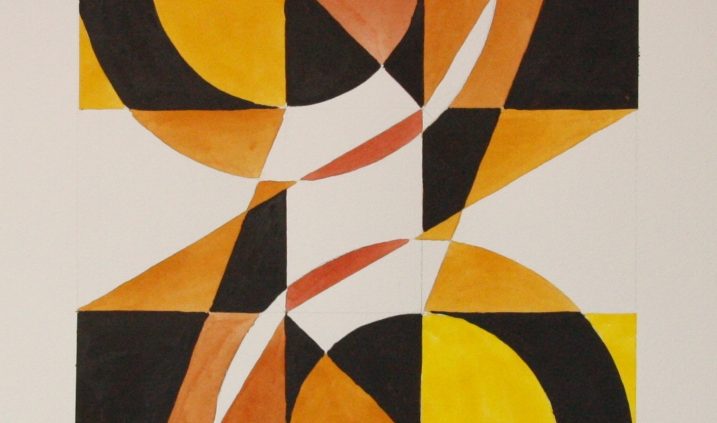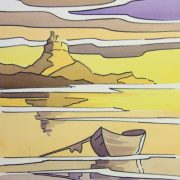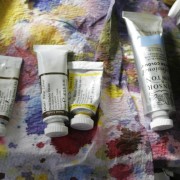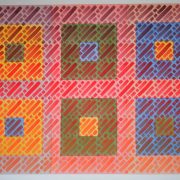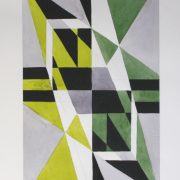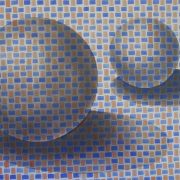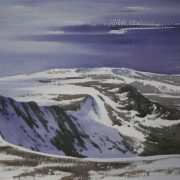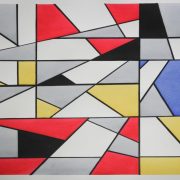Constructivism February 2019
After my 2018 explorations into the De Stjil school I decided to further explore my interests in the division of space through what could loosely be described as an initial foray into constructivism. This forms an extensive and very influencial part of 20th century modern art. Essentially it’s name is gives it away, an image must be built.
I’ve placed the gallery section at the top of the post scroll down to read more about the design process.
Gallery 1
-
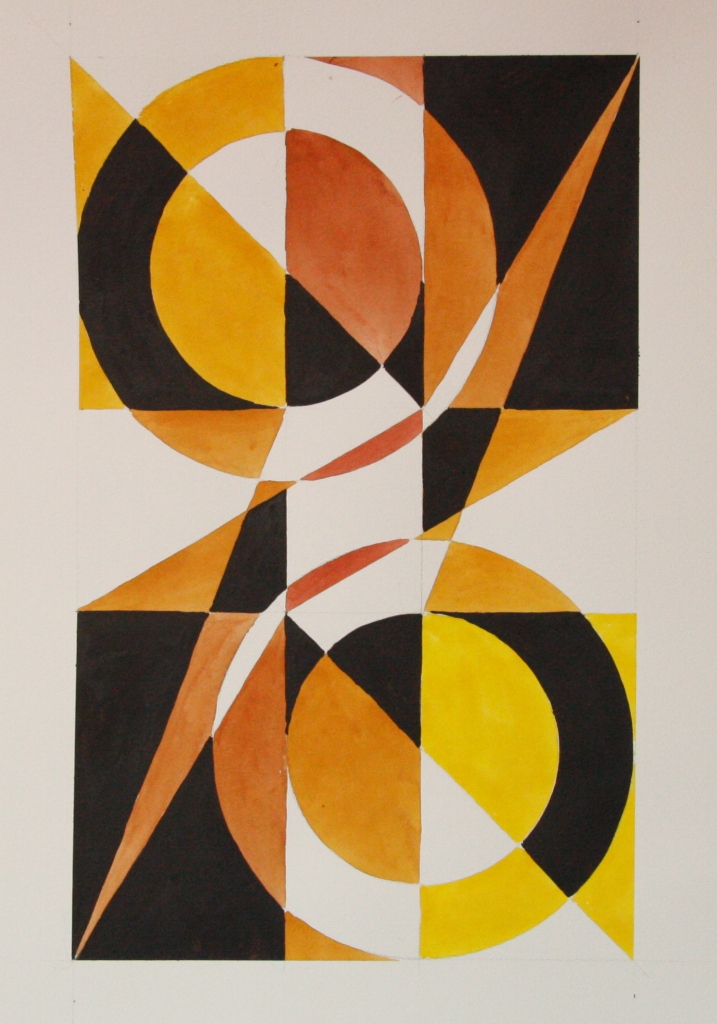
1) 38 x 52cm £95 -
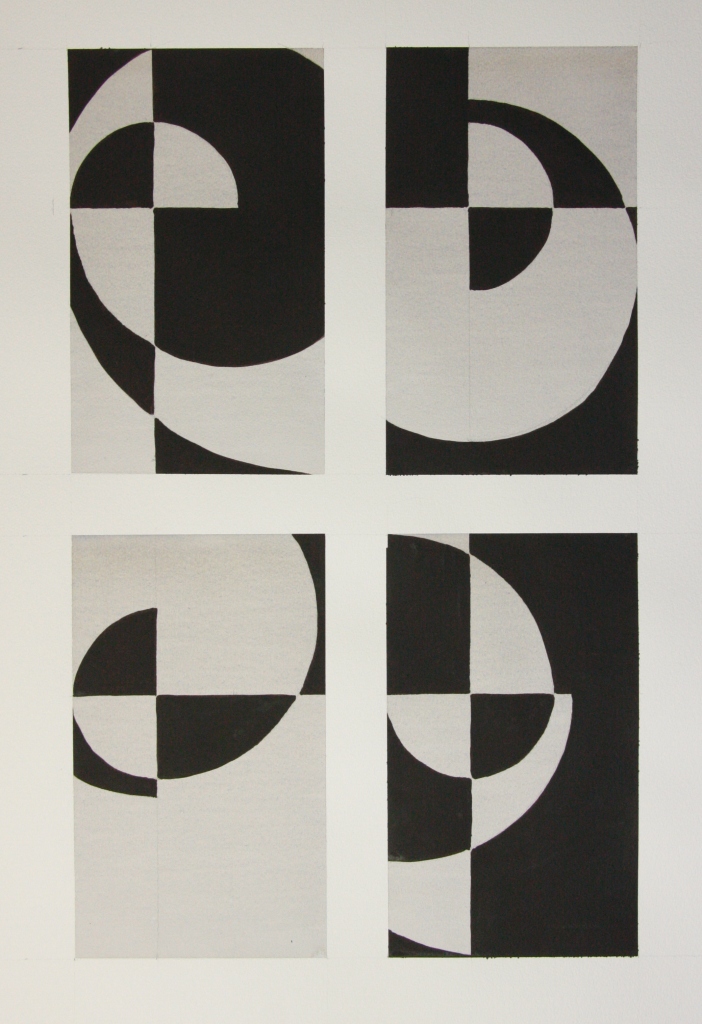
2) 52 x 76 cm £45 -
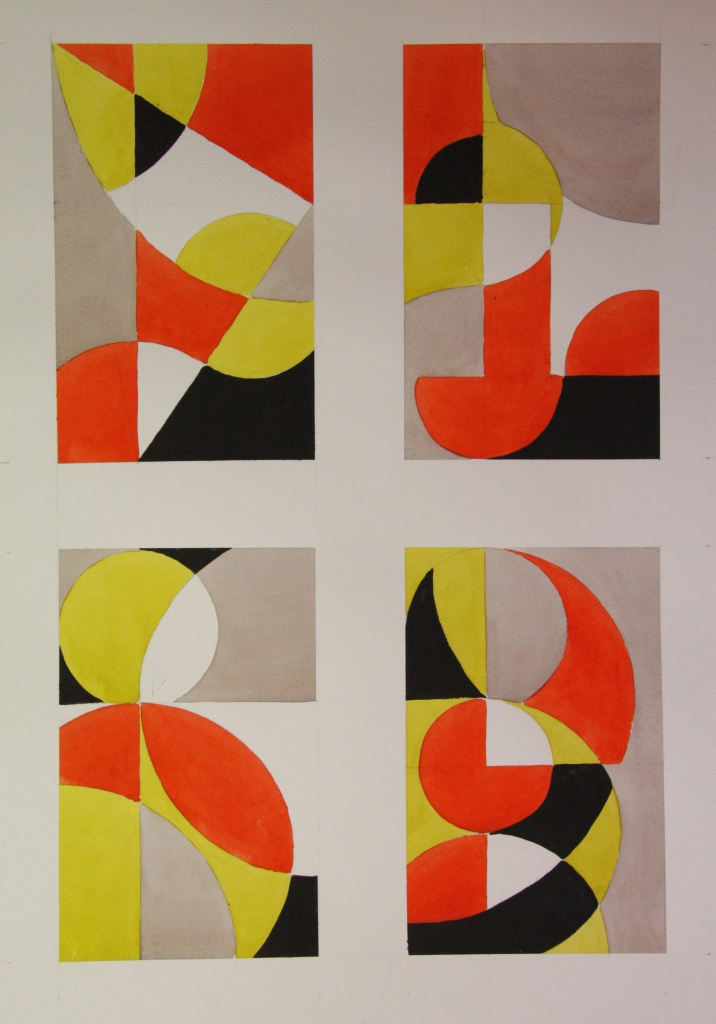
3) 76 x 52cm £50 -

4) 76 x 52cm £60 -

5) 76 x 52cm £60 -

6) 76 x 52cm £50 -
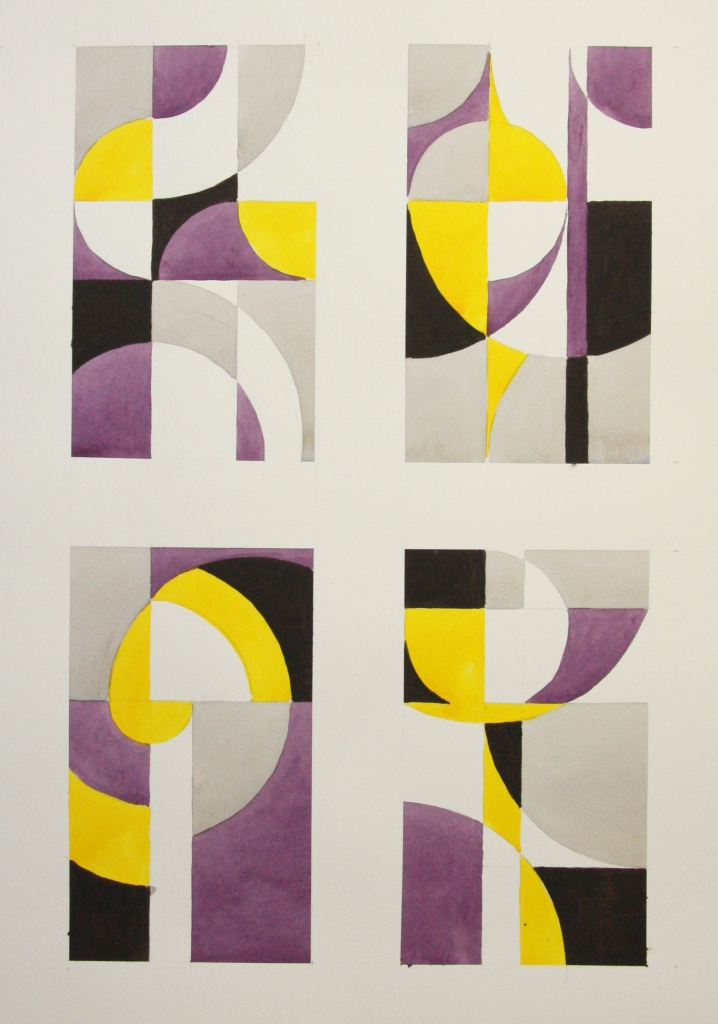
7) 76 x 52cm £60 -
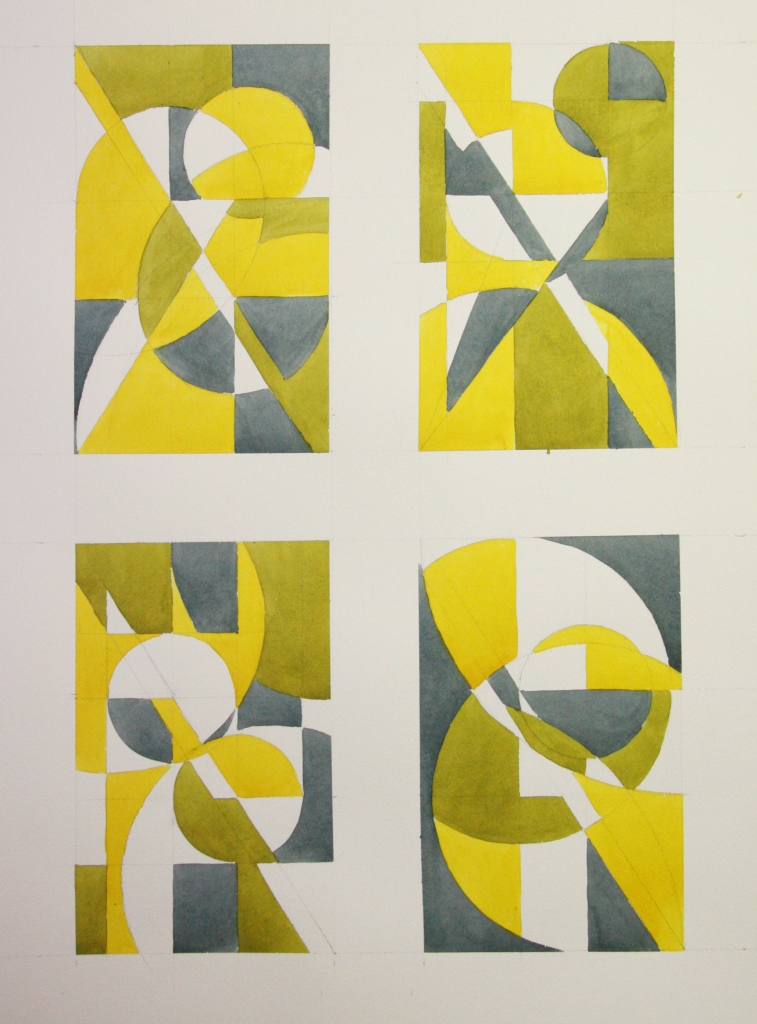
8) 76 x 52cm £65 -
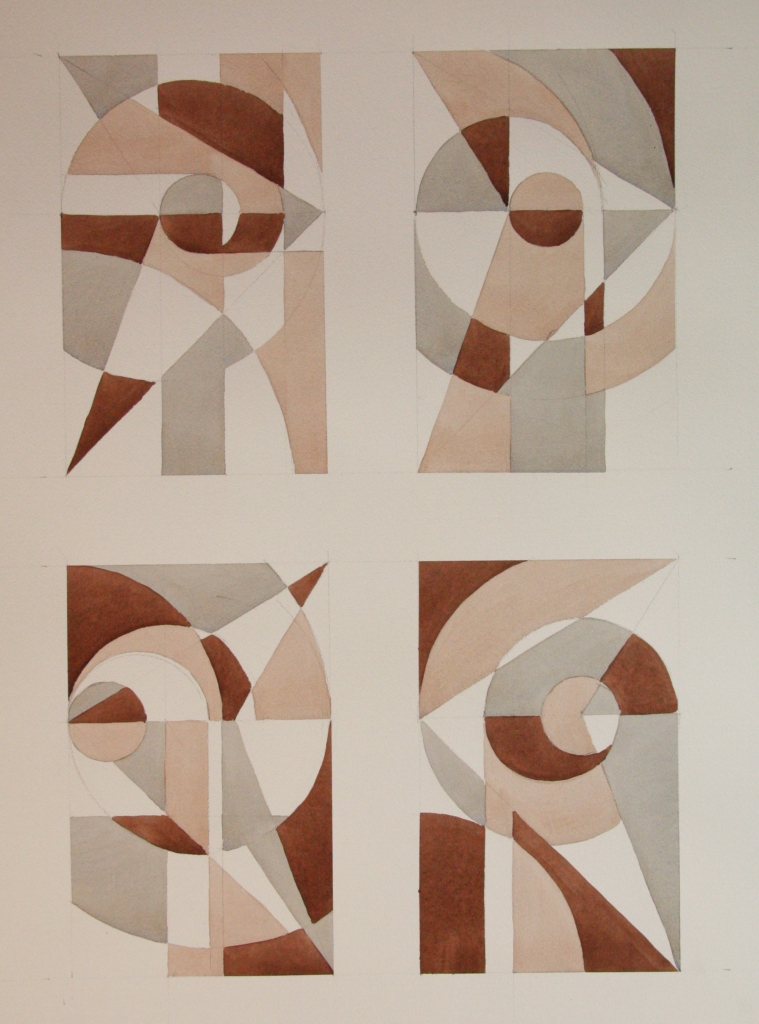
9) 76 x 52cm £75 -
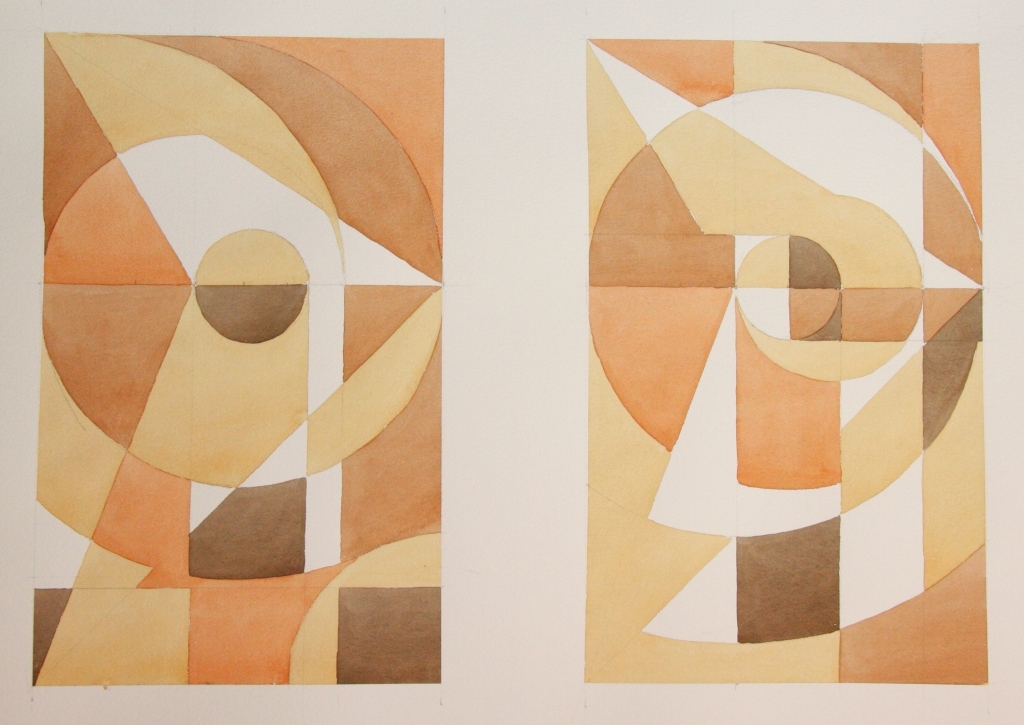
10) 38 x 52cm £75 -
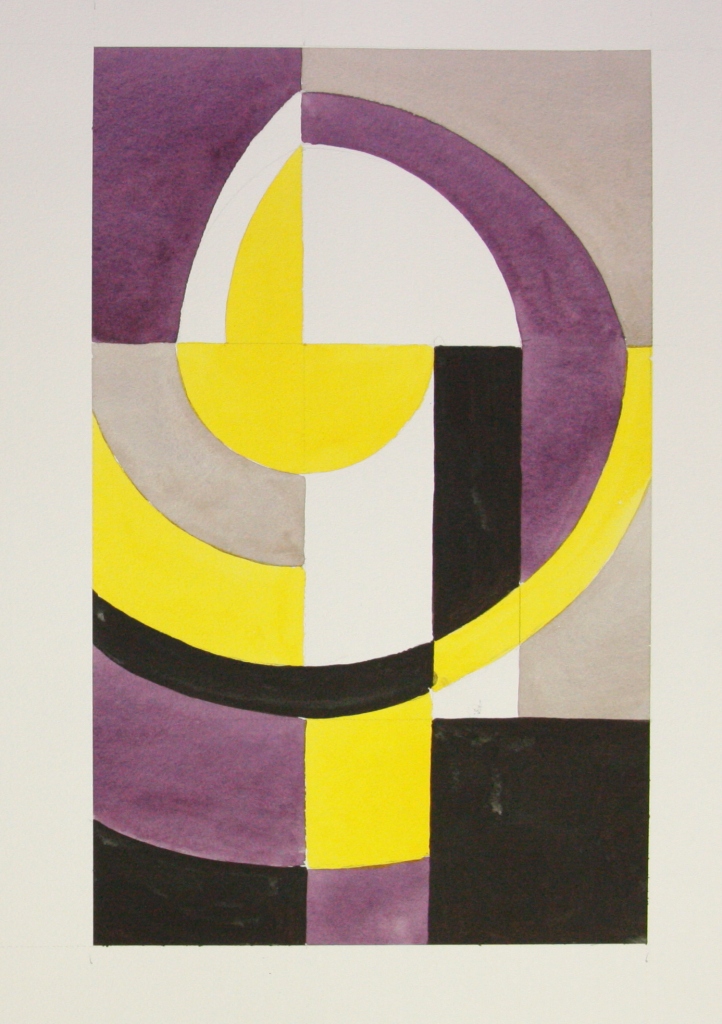
11) 38 x 52cm £75 SOLD -
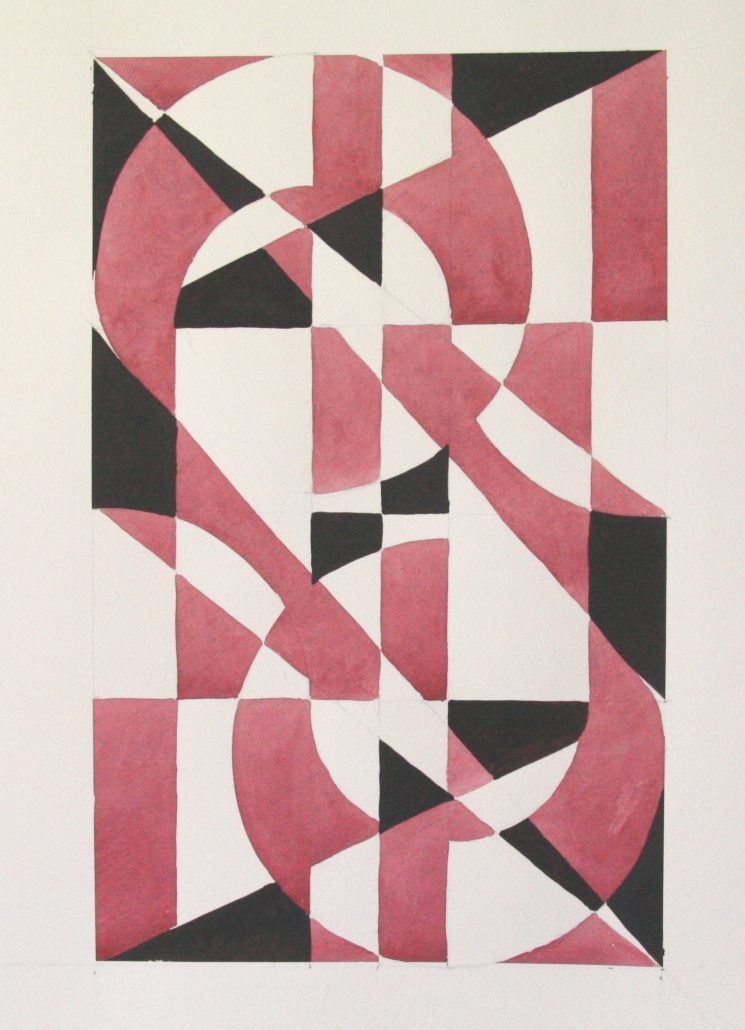
12) 38 x 52cm £75 -

13) 38 x 52cm £75 SOLD -

14) 38 x 52cm £75 -
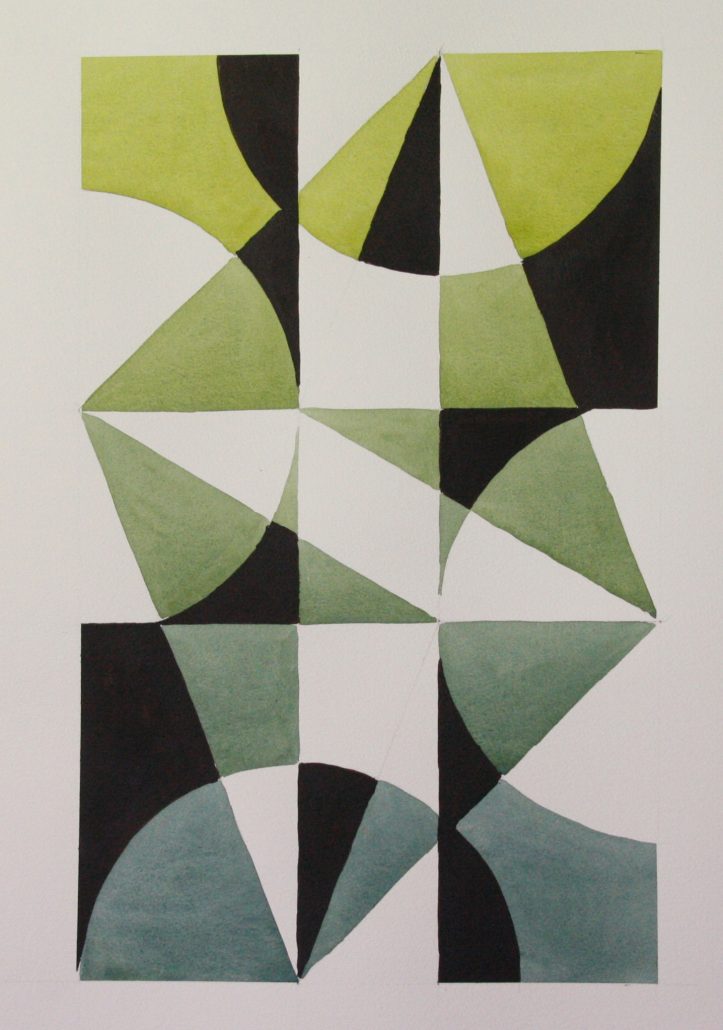
15) 38 x 52cm £75 SOLD -
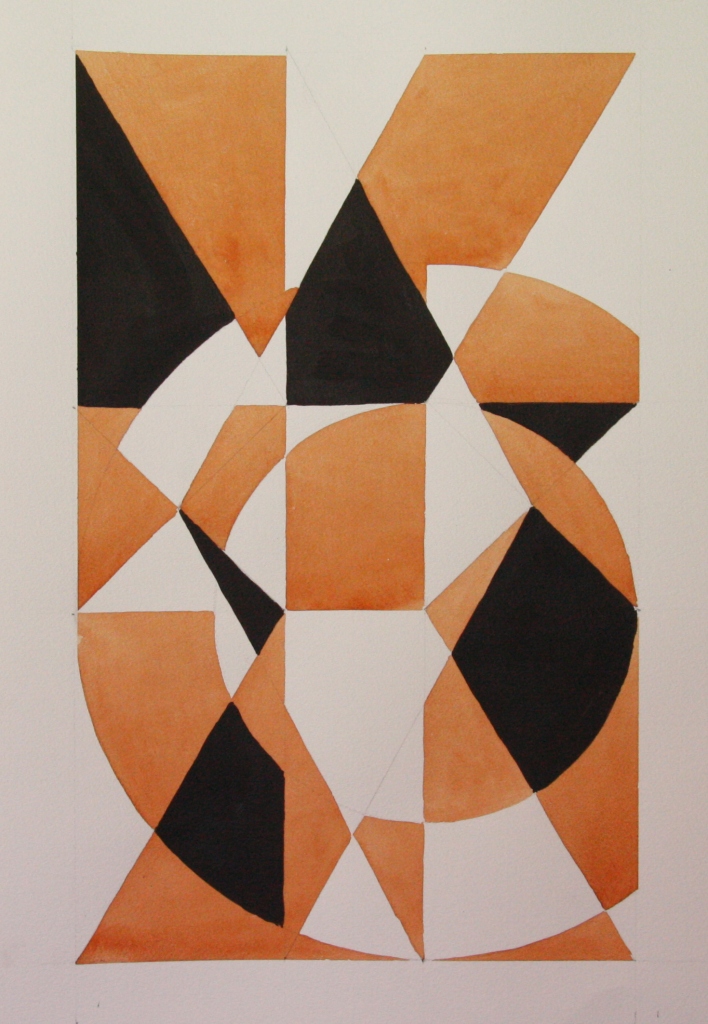
16) 38 x 52cm £95 SOLD -
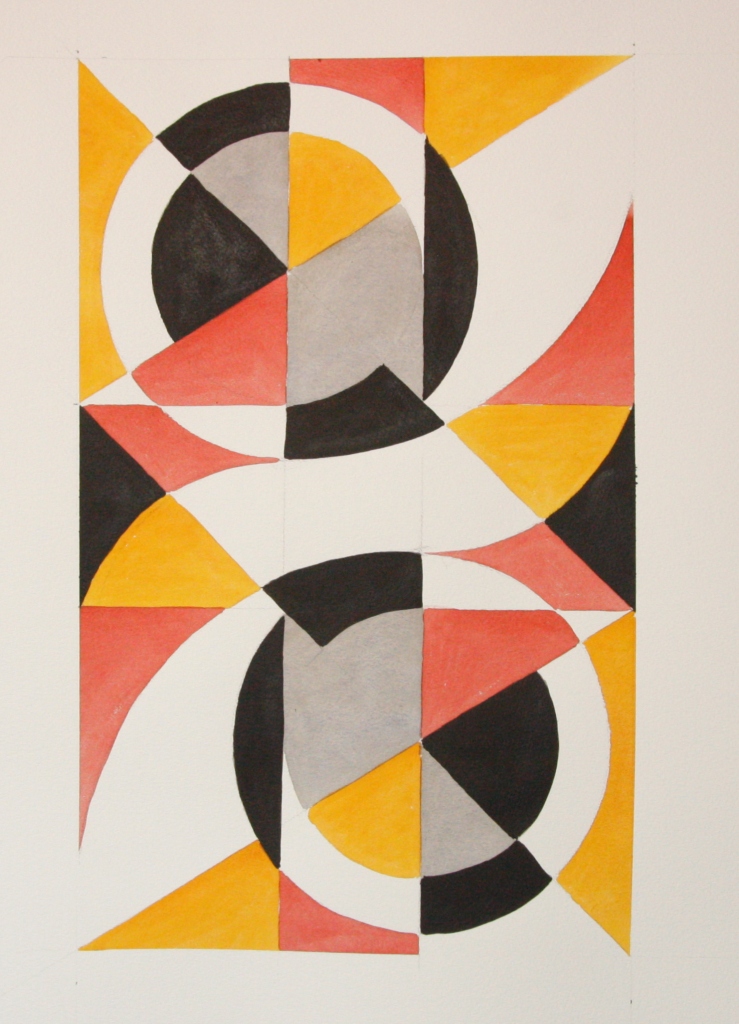
SOLD 17) 38 x 52cm £95 SOLD
-

18) 45 x 28cm £95 -
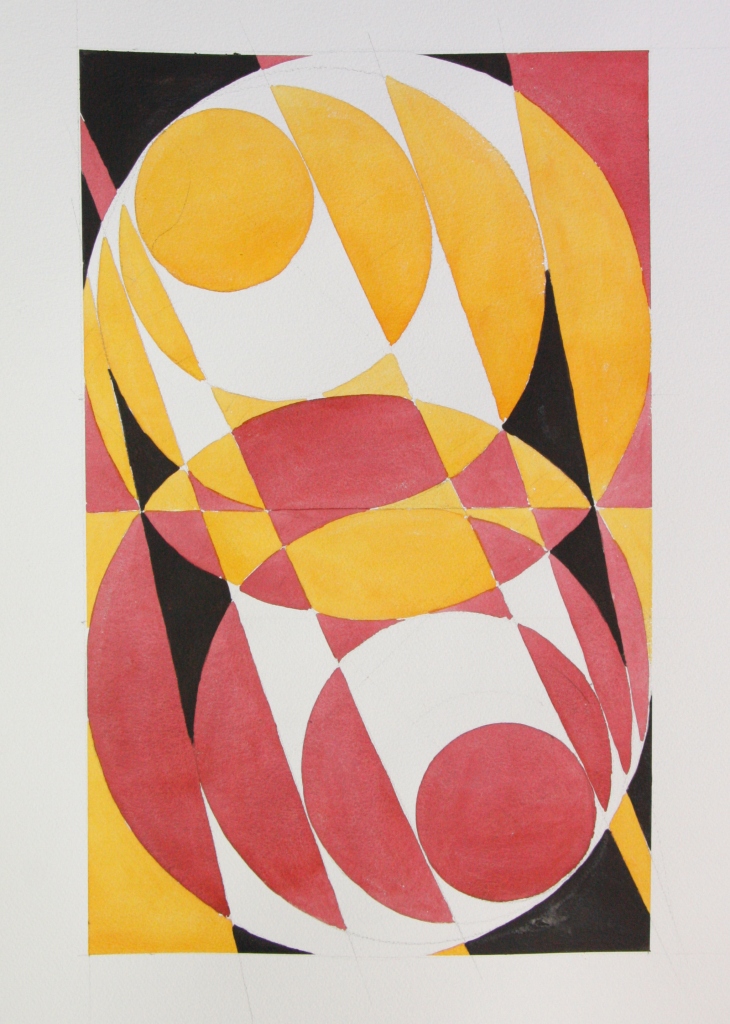
19) 45 x 28cm £95 -

20) 45 x 28cm £95 SOLD -
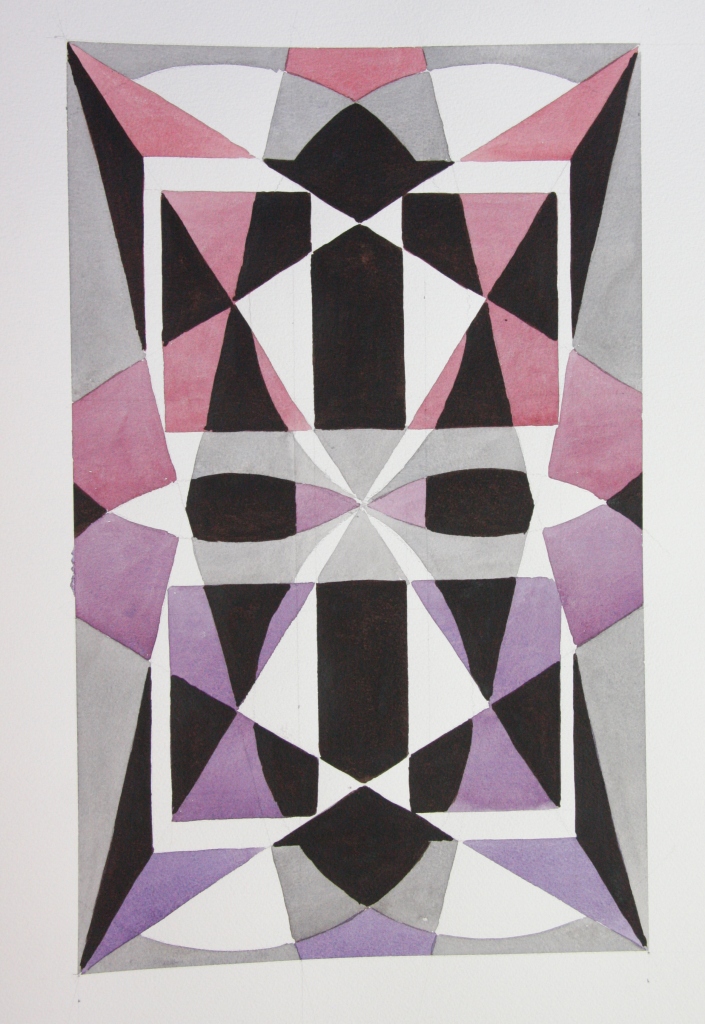
21) 45 x 28cm £95 SOLD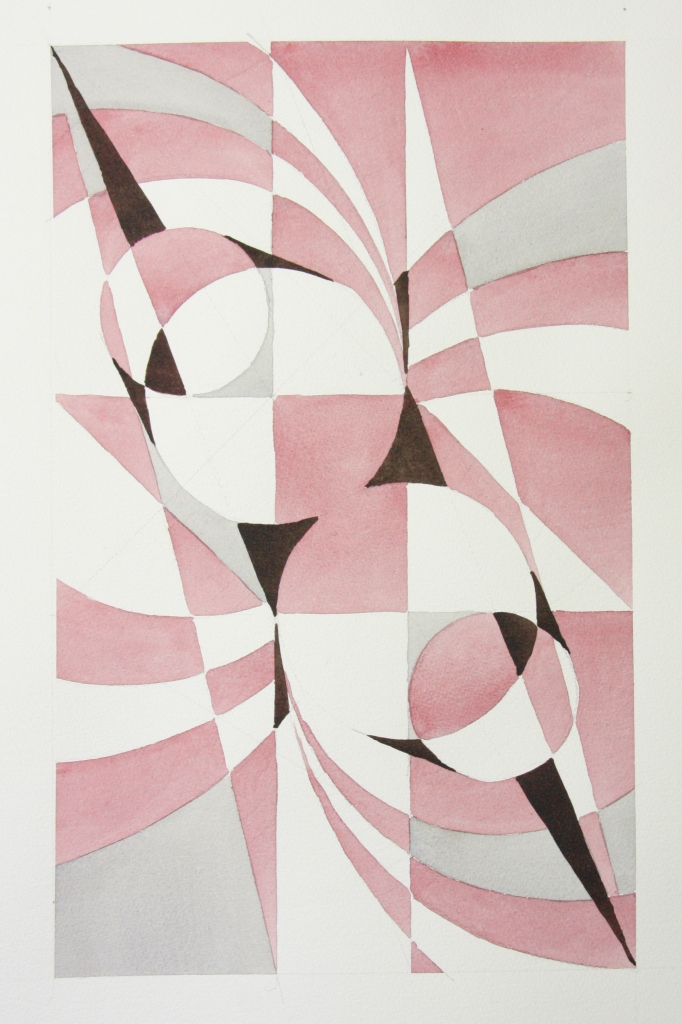
-
22) 45 x 28cm £95 -
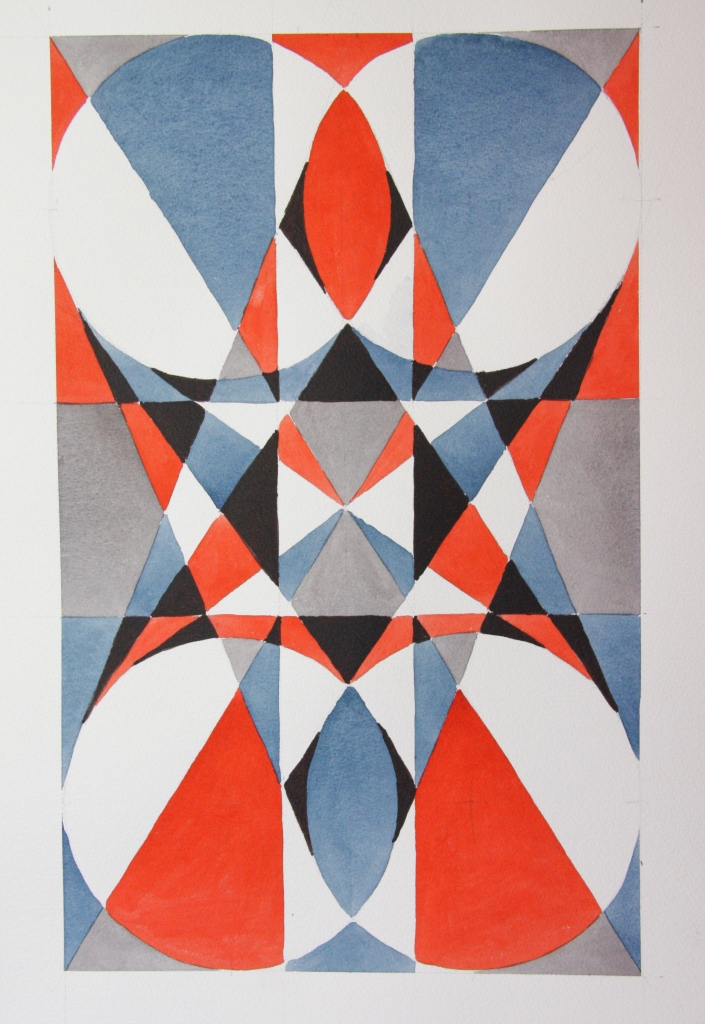
23) 45 x 28cm £95 -
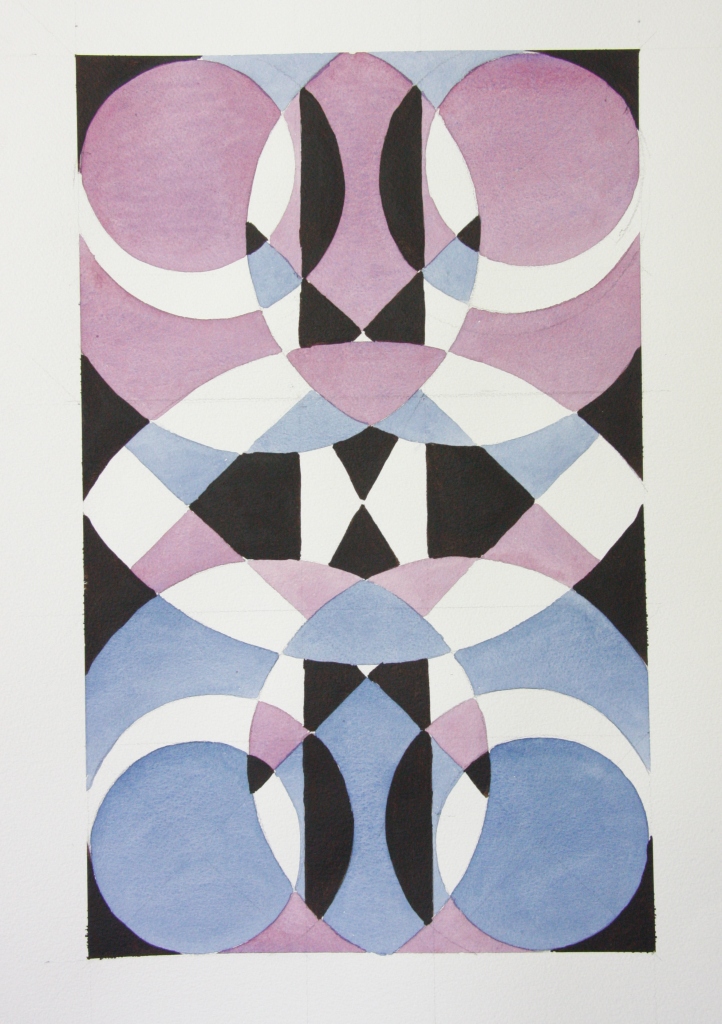
24) 45 x 28cm £95 -
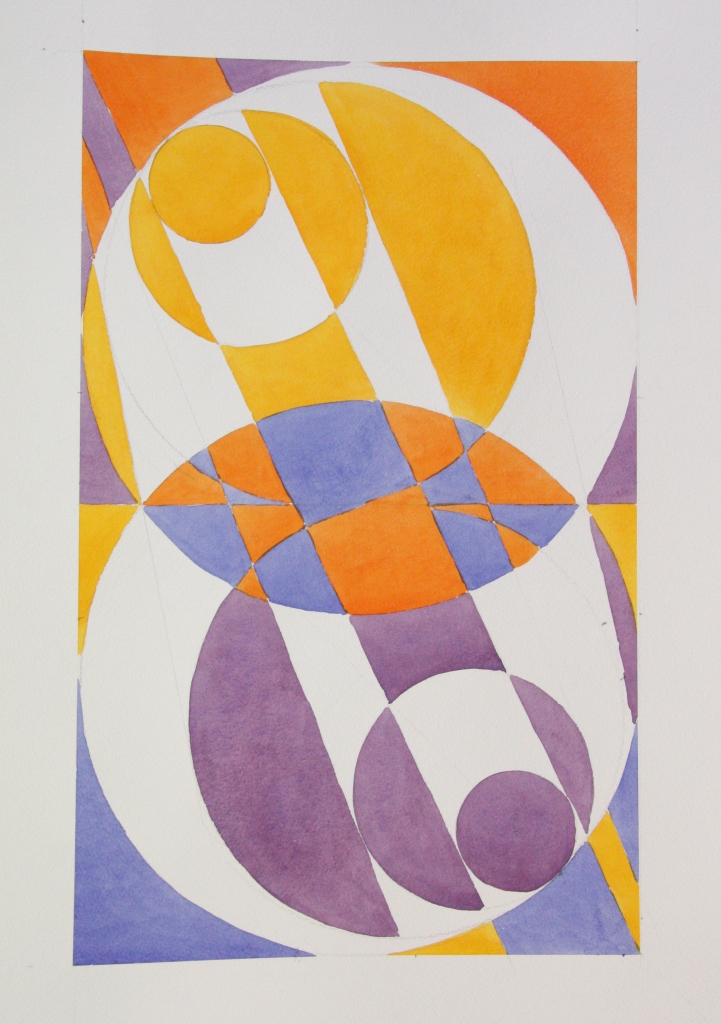
25) 45 x 28cm £95 -
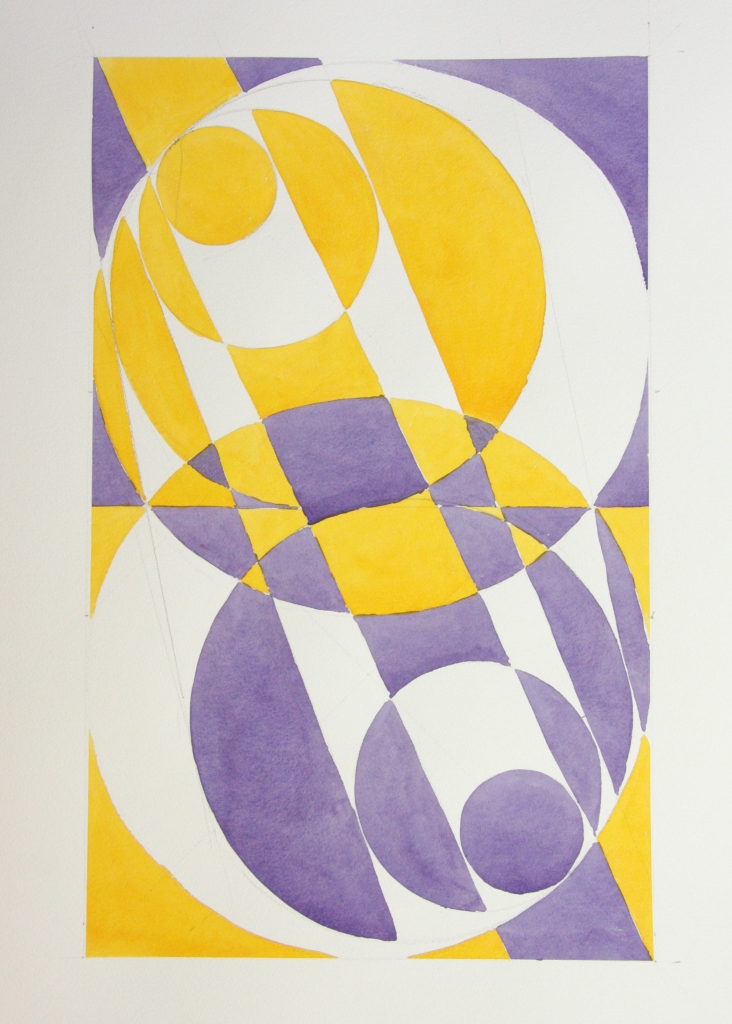
26) 45 x 28cm £95 -
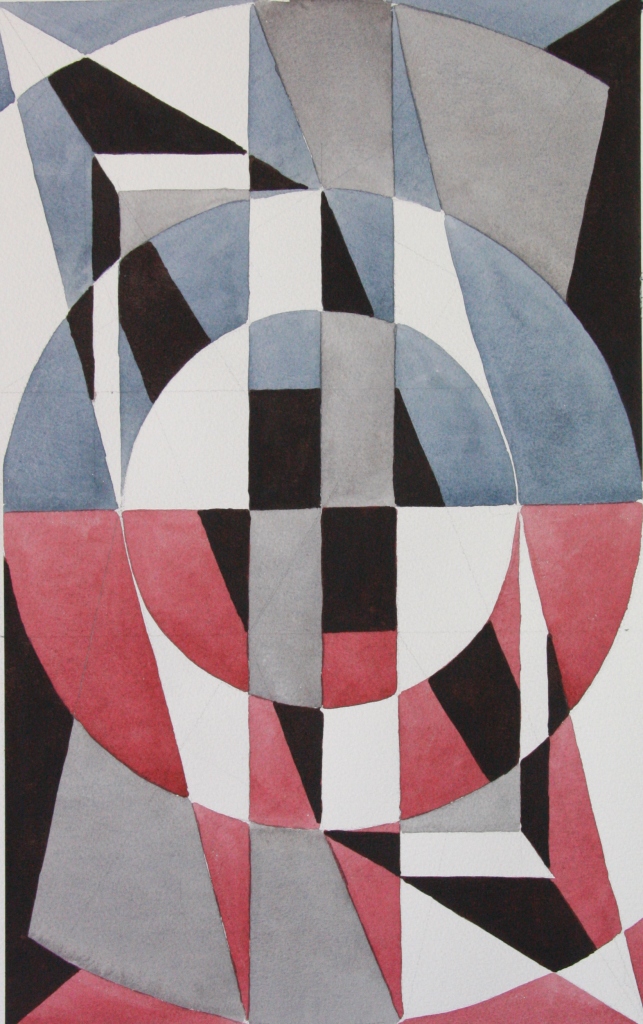
27) 45 x 28cm £95 -

28) 45 x 28cm £95 -
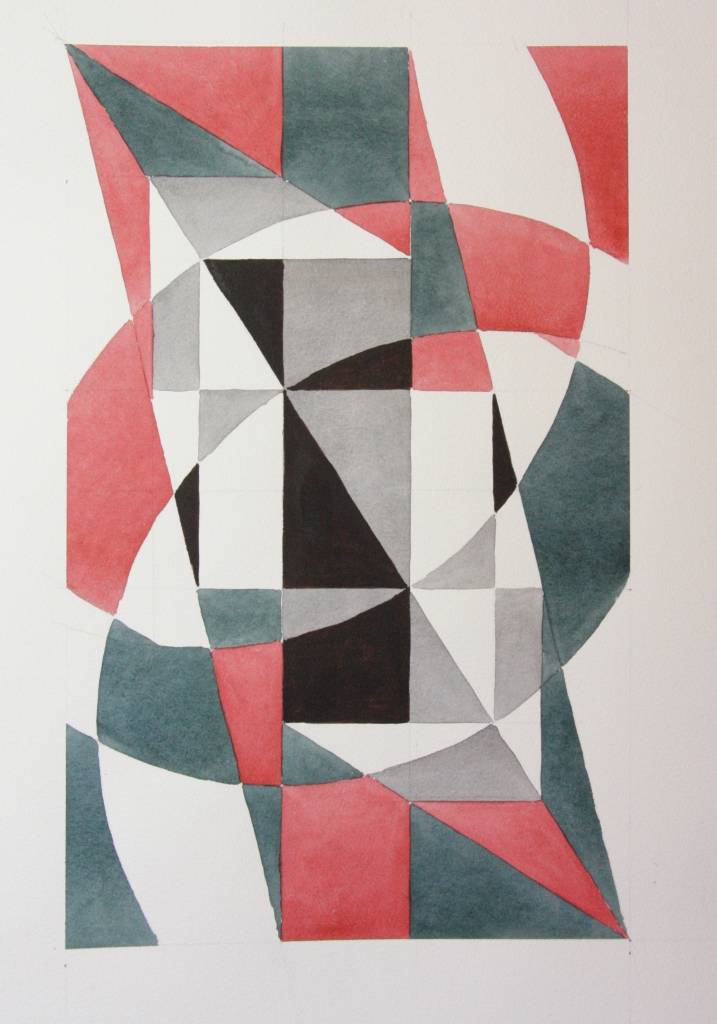
29) 45 x 28cm £95 -
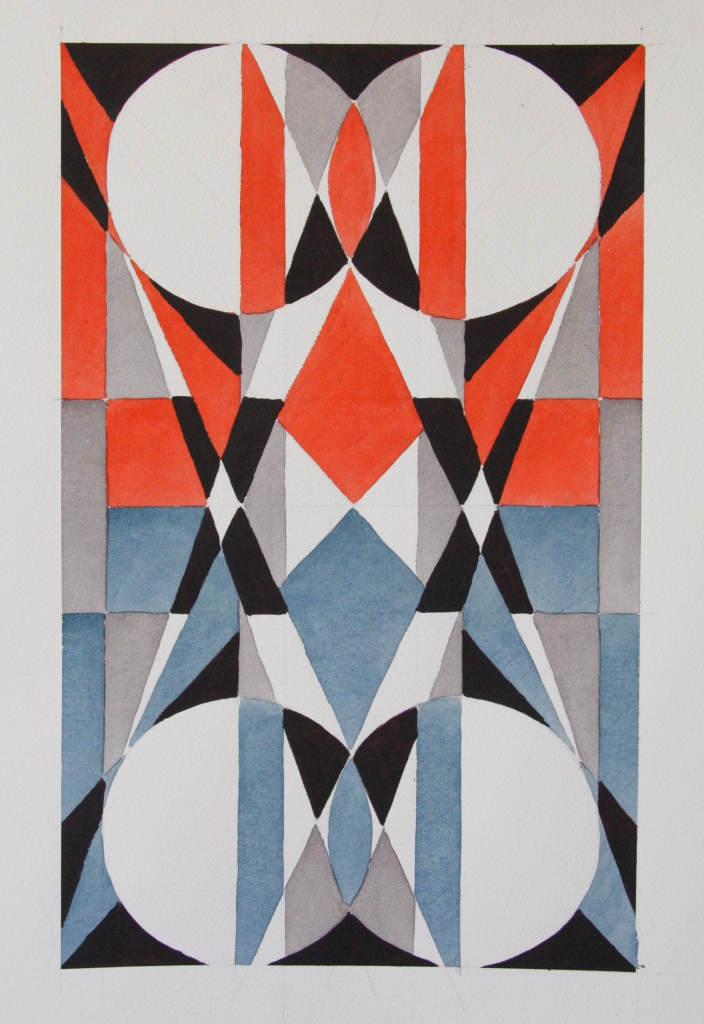
30) 45 x 28cm £95 -
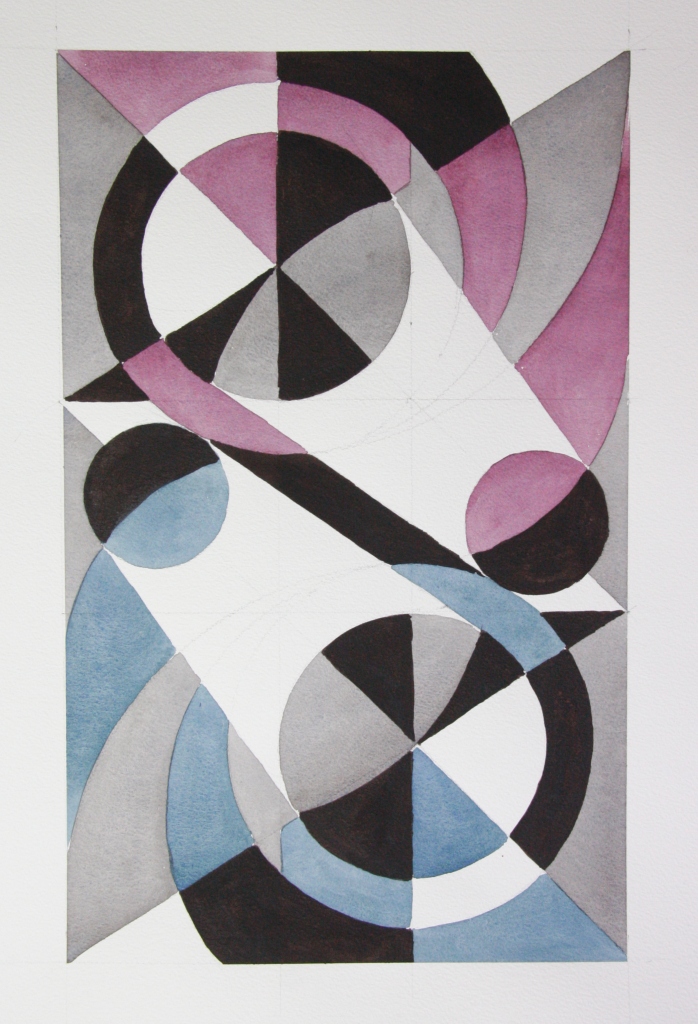
31) 45 x 28cm £95 -
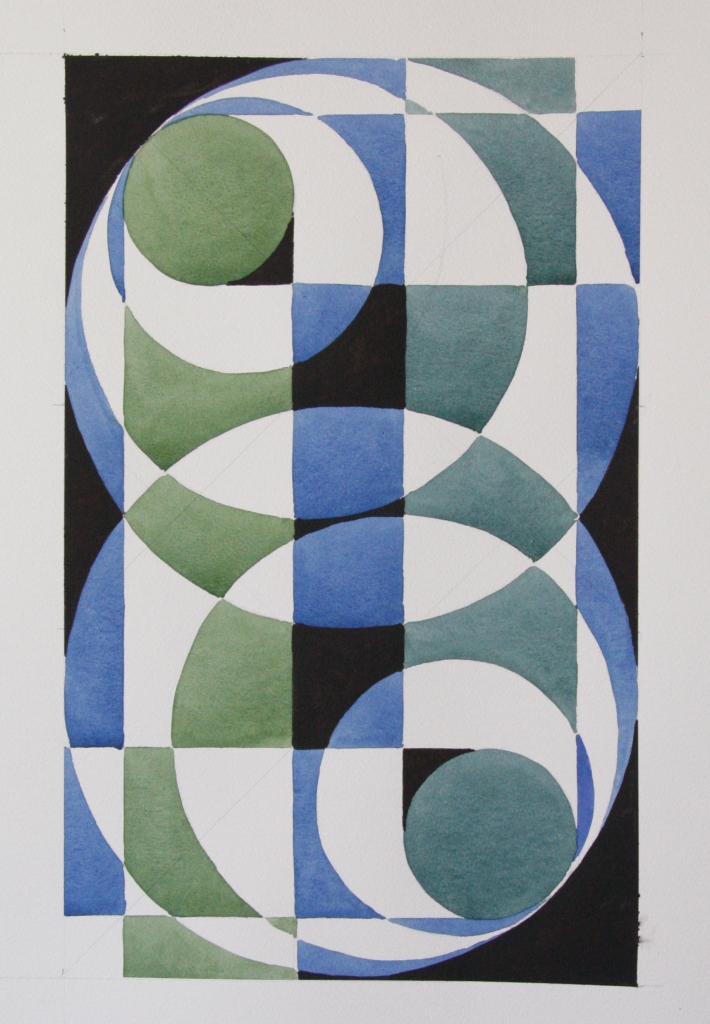
32) 45 x 28cm £95
My starting point was simply how to divide a set space without resorting to a cliche or pattern. In the first image below I drew four rectangles with golden ratio proportions The Golden ratio is a special number found by dividing a line into two parts so that the longer part divided by the smaller part is also equal to the whole length divided by the longer part. It is often symbolized using phi (3.14) , after the 21st letter of the Greek alphabet. It’s a commonly used method of composition. Using a pair of compasses I divided the shape though rotation into four separate options, the difference in the results is astonishing.

I used the same set of drawings now using colour and tone. It was evident at this early stage that the options on the division of space were enormous.
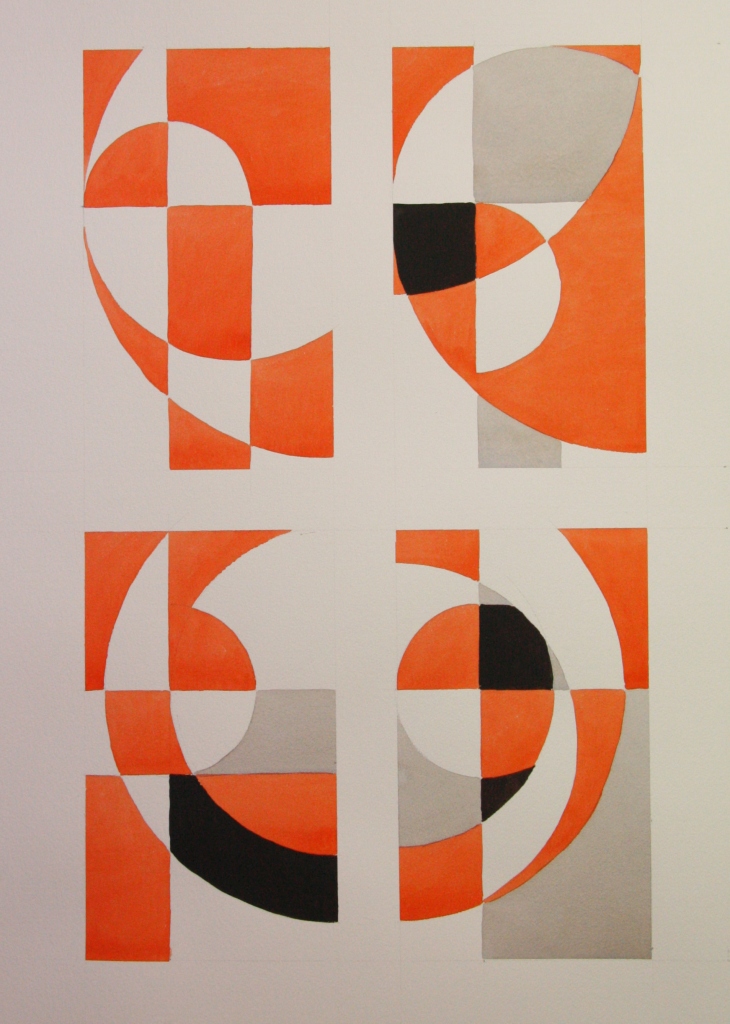
As the space is further divided the ability of alluding to form becomes easier. Below I introduced the use of colour opposites in order to highlight contrasts. I continued with the same basic format, searching for forms. It became clear that the best images come with the making and breaking of a particular line or shape. Letting no particular whole shape dominate in order that the viewer has to imagine the that is missing. This makes the intended composition open to more than one interpretation.
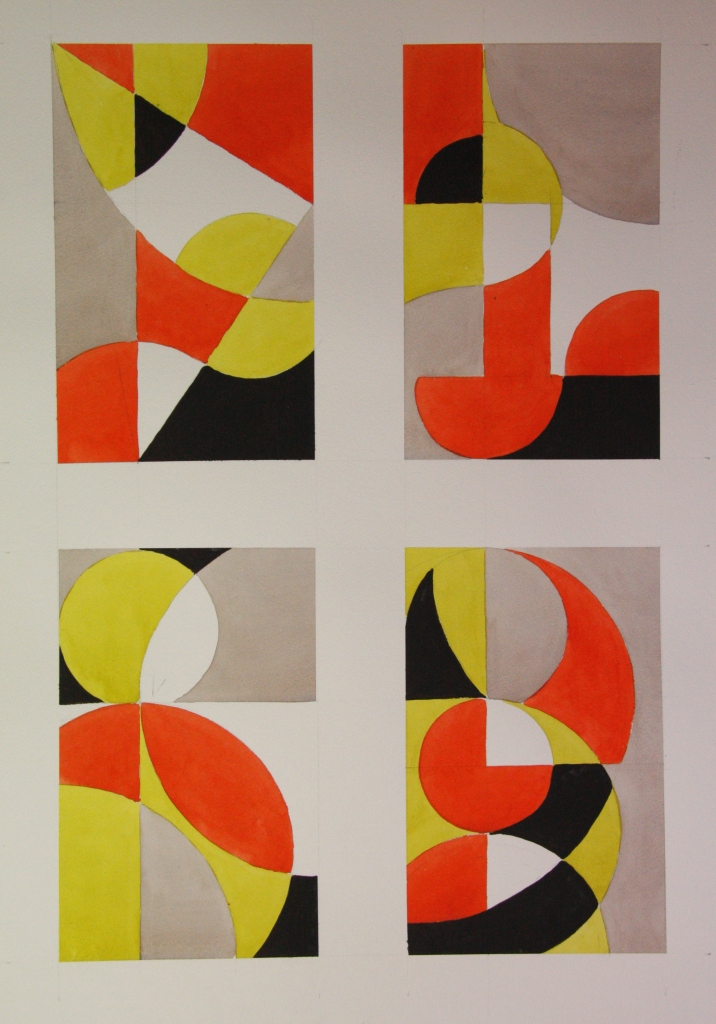
So there is a constant battle between the line, colour and tone for space. The best images have a balance. This can of course be completely altered by rotating the image. While I may have had an initial intention regarding orientation it was often a surprise how a 90 degree rotation could provide a completely different perspective.
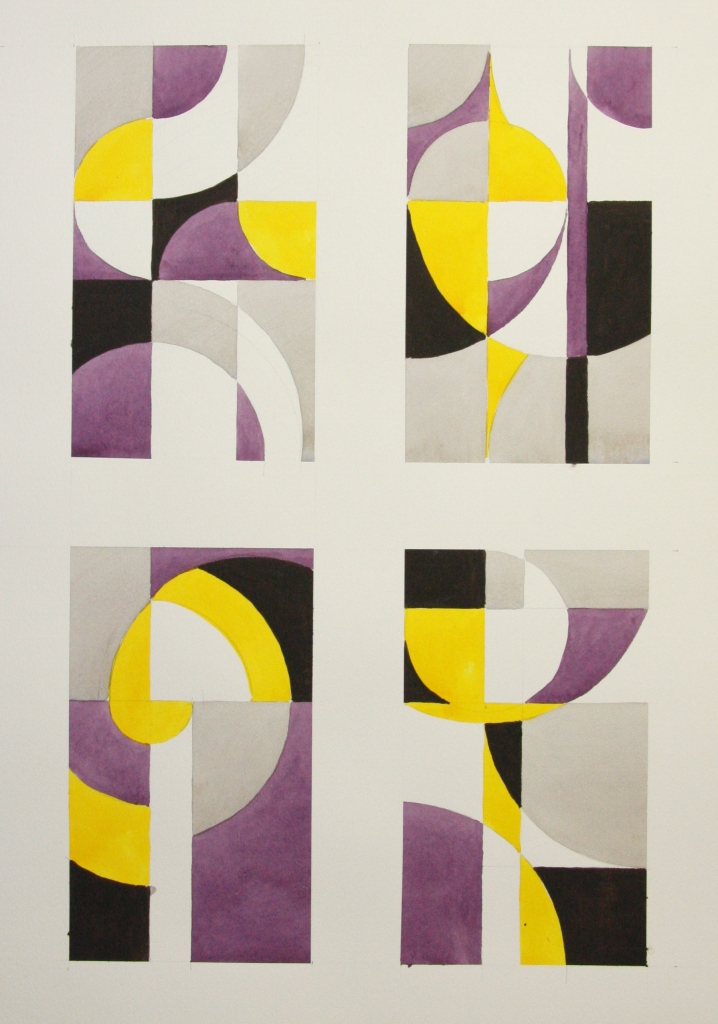
I developed compositions in sets of four so as to provide a consistent line to deviate from. ven with a set of drawings that are in essence the same the level of variations possible could be confusing. At this point I was certainly rotating the compositions during the actual painting to analyse the balance.
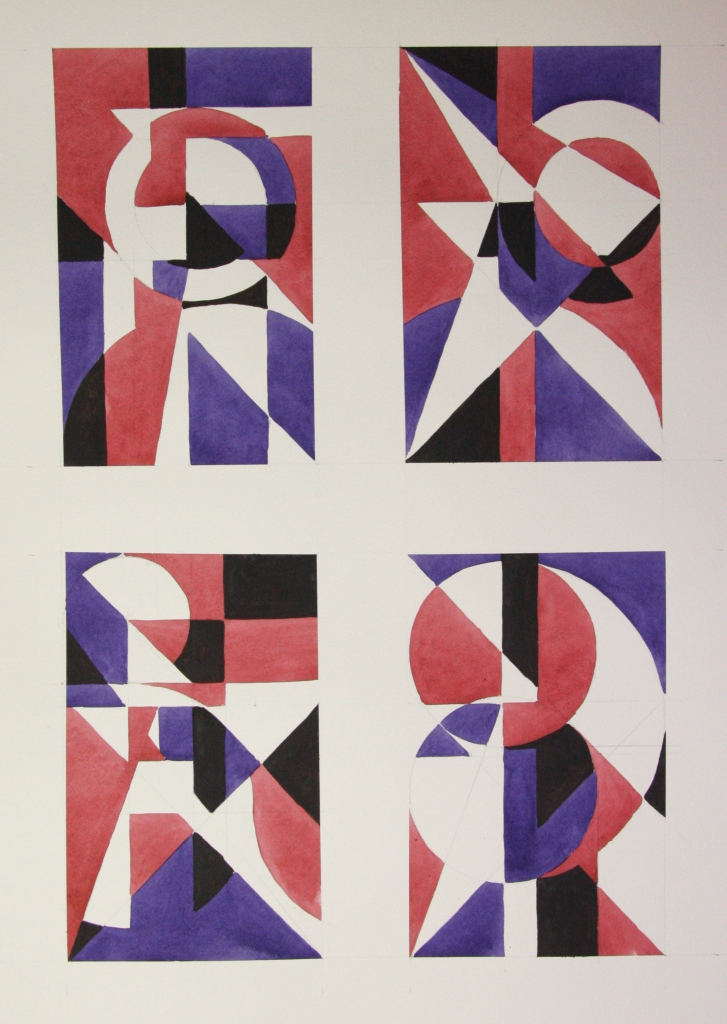
A natural step was to explore a degree of symmetry. Distance really helps these images come to life. perhaps the most interesting aspect to this work is the desire for the eye and brain to search for and recognize shapes.
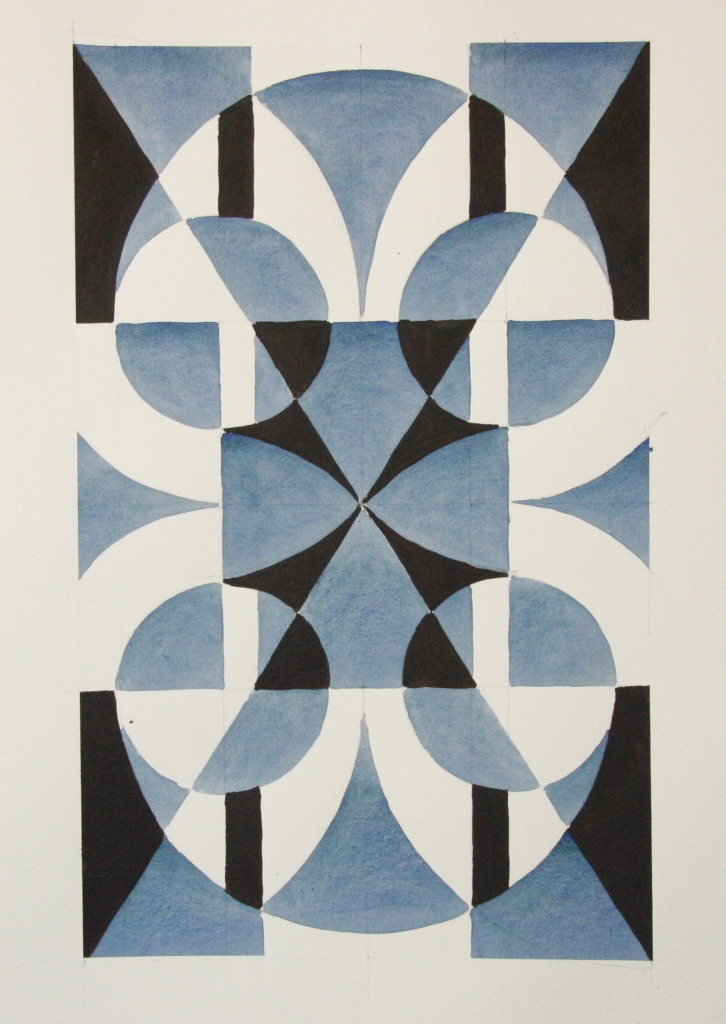
The initial division of the space in these larger paintings has a constant structure through out. The placement of the colours gives varying degrees of contrast to the white of the paper. Again orientation is subjective.
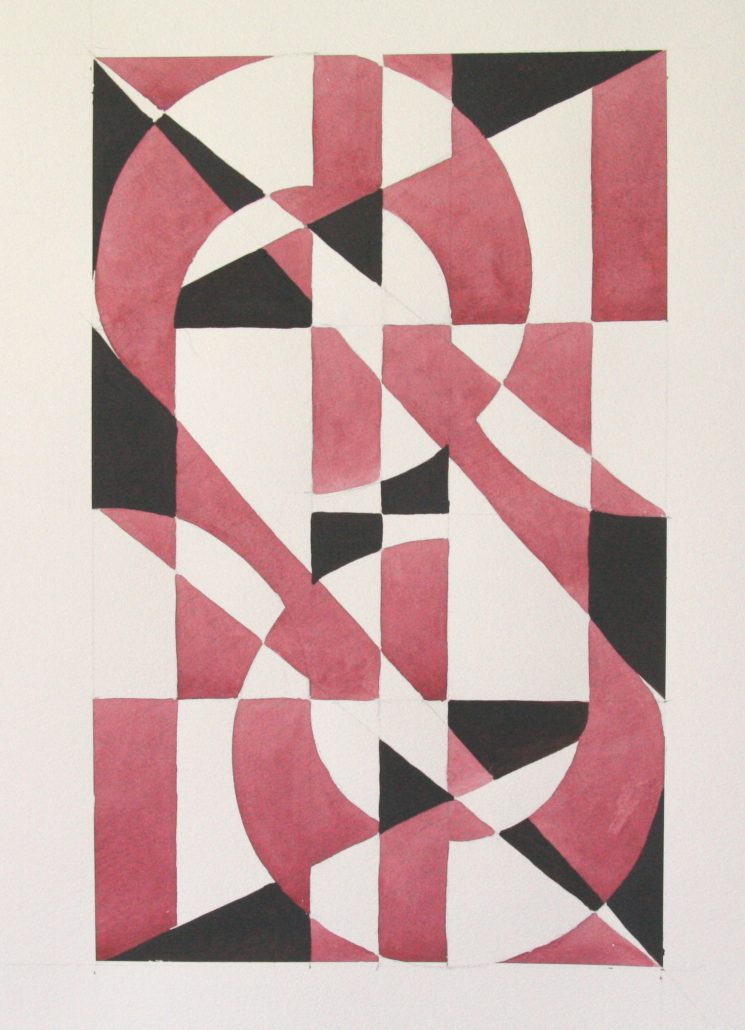
Here symmetry with a grade of colour and tone entirely changes the perception of the white.
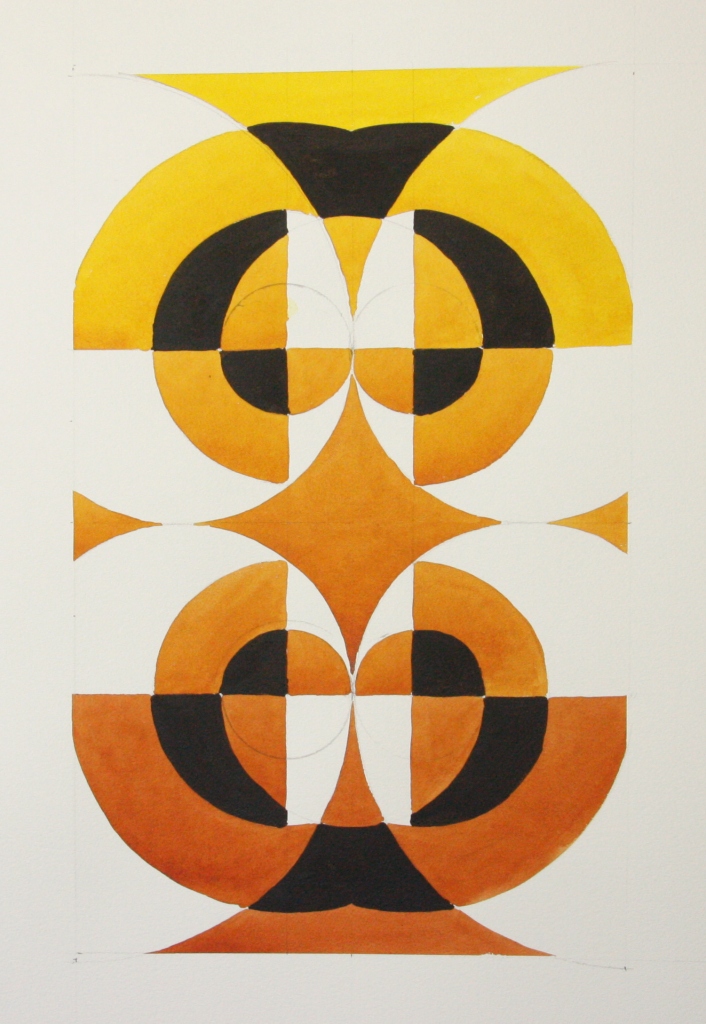
Unlike above the painting below has less of a symmetrical aspect and I have completely shattered the shapes so you really have to look for the complete design.
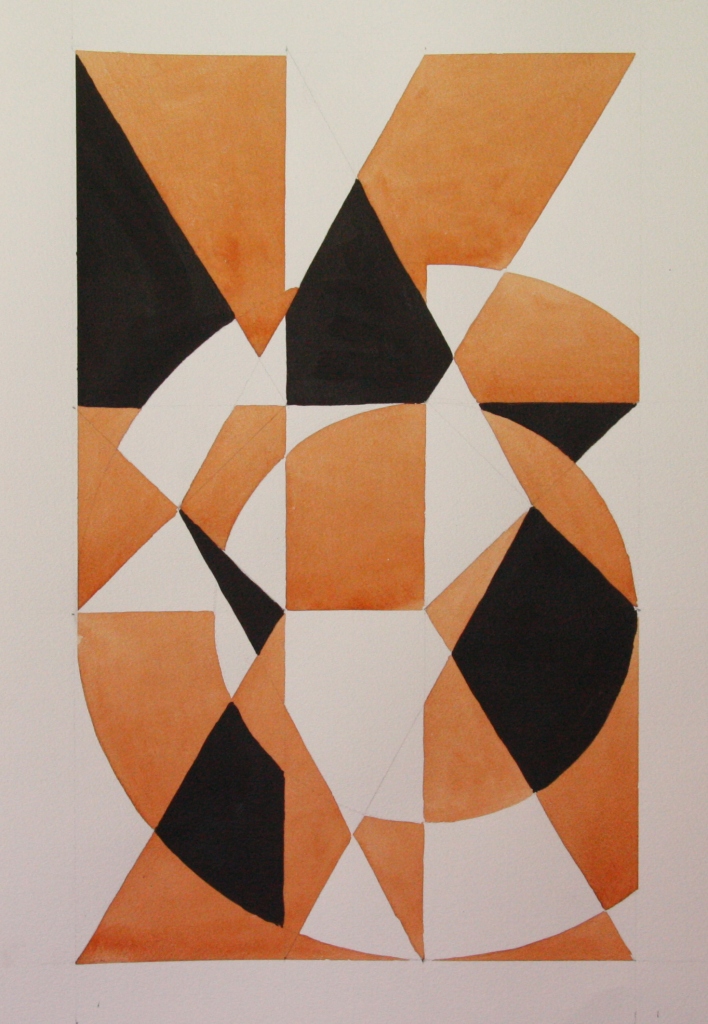
The conversion from a simple image can often produce some surprises. I would never had imagined this image from the initial drawing.
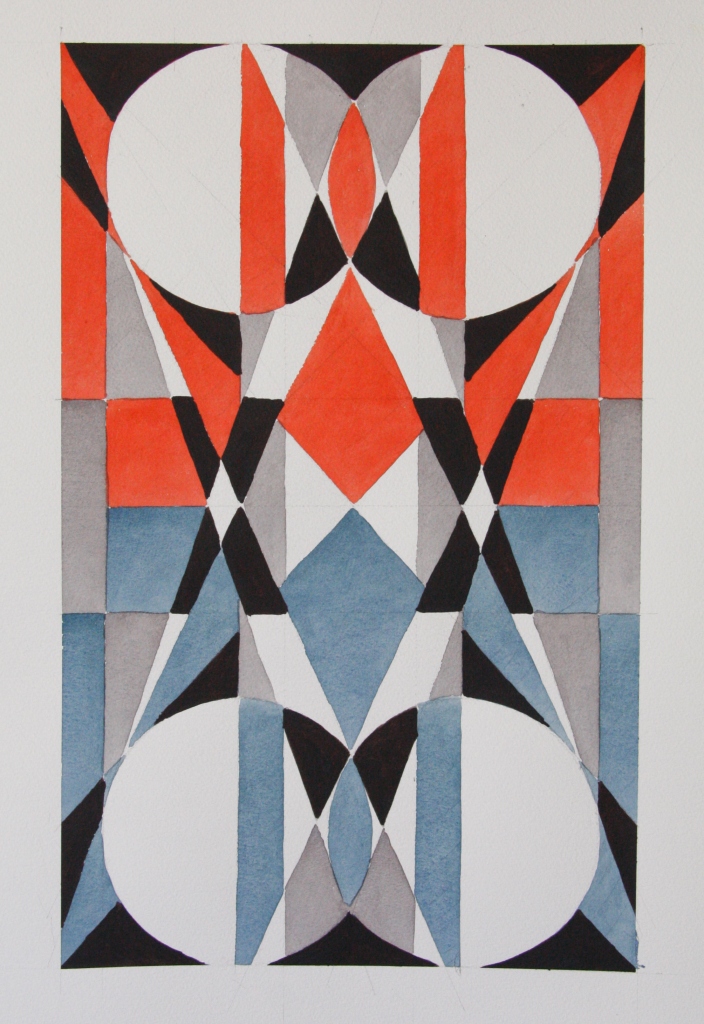
Here is a good example of a slightly imperfect symmetry. The painting really becomes about the centre line.
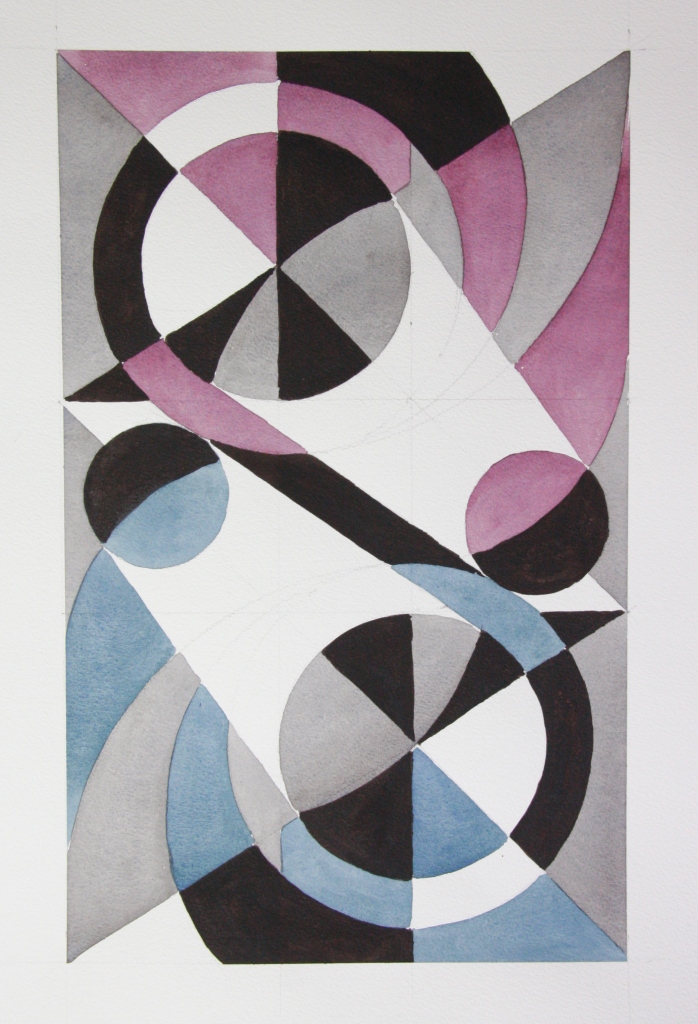
Simply by altering the circle size this image would change dramatically.
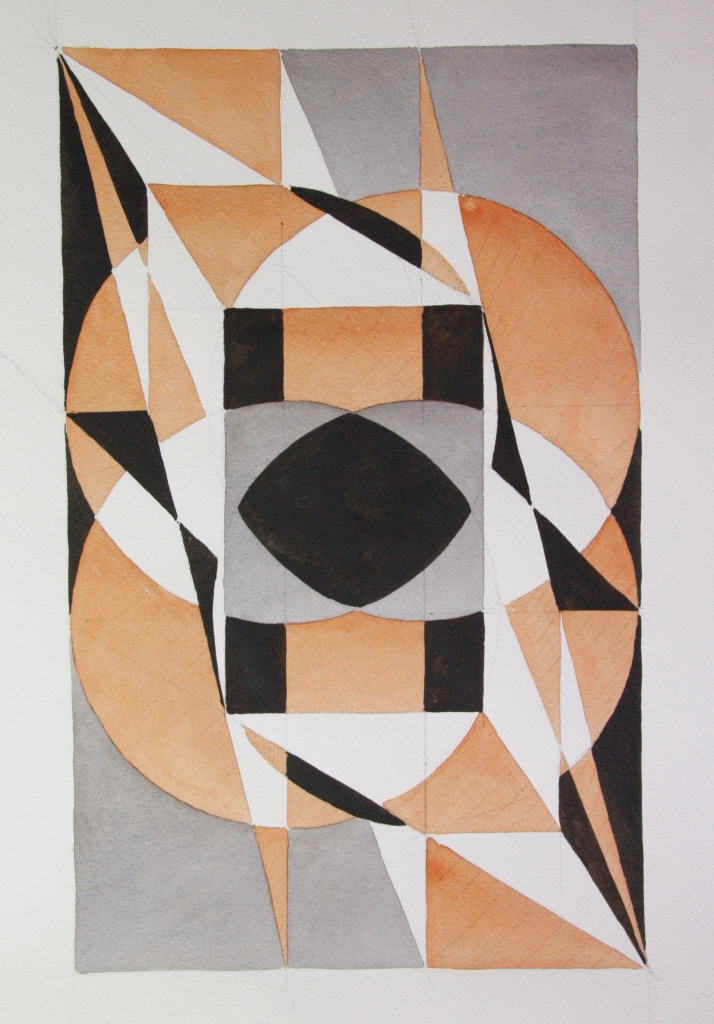
This is my most recent and successful construct so far. It can provide endless variety.
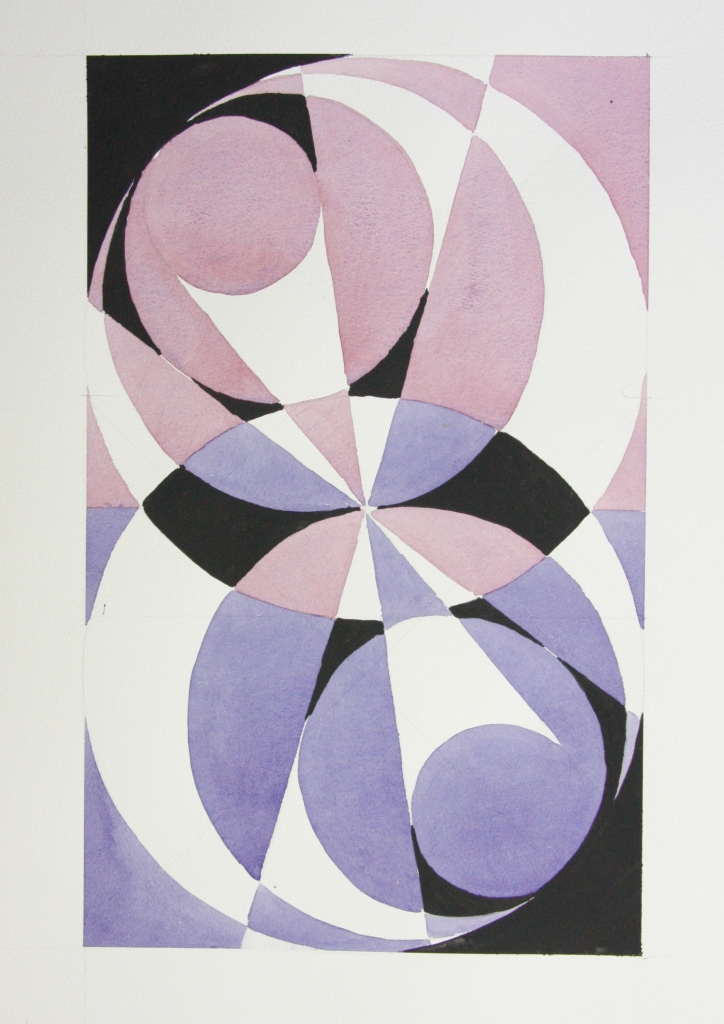
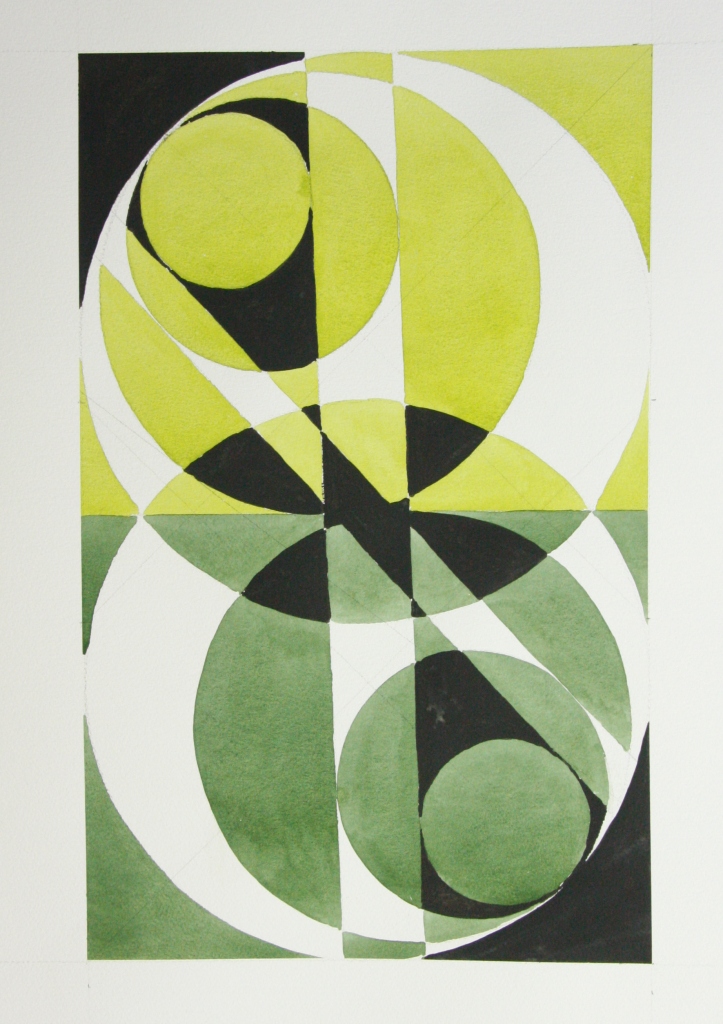
I’m currently working on this idea. Once again it’s a construct that has the ability to change dramativally with the alteration of just one line.
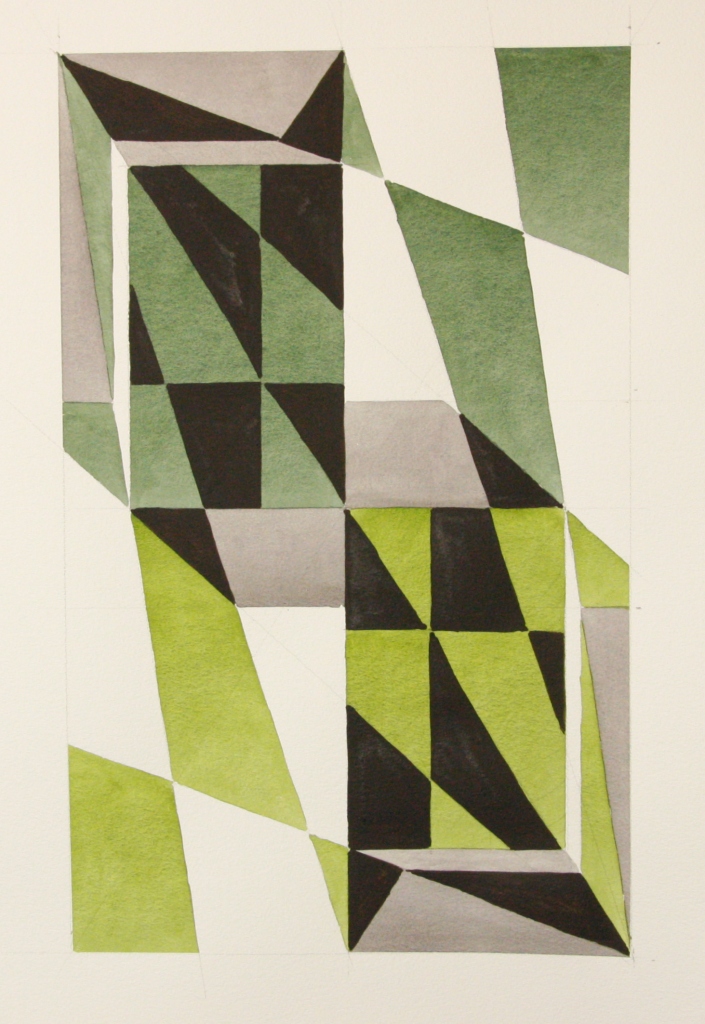
This is as far as this newsletter takes us. I’m continuing the process and now have more confidence in where it will take me. The ultimate aim here is to design a set of fairly large and complex paintings that can be created either in watercolour or perhaps facilitate my first move onto either canvas or board, we shall see.
Have a look at the two galleries below for thumbnails of each painting study. They are all one off originals and are for sale at the stipulated price. Just be the first to email me at info@mjforster.com This includes free delivery signed and rolled in a tube.
Either as an artist or if you are just interested I hope that provided you with some insight into the start of an extended process. Maybe what you don’t see is the 100 sheets of A4 graph paper with all the workings out!
-

33) 45 x 28 cm £95 -
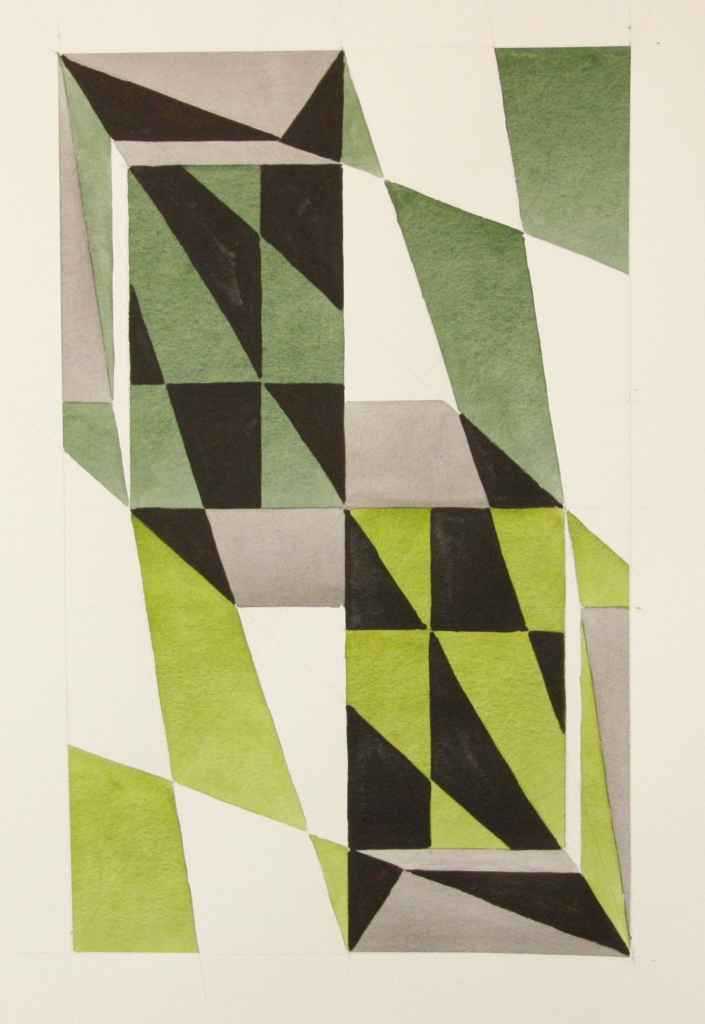
34) 45 x 28 cm £95 -
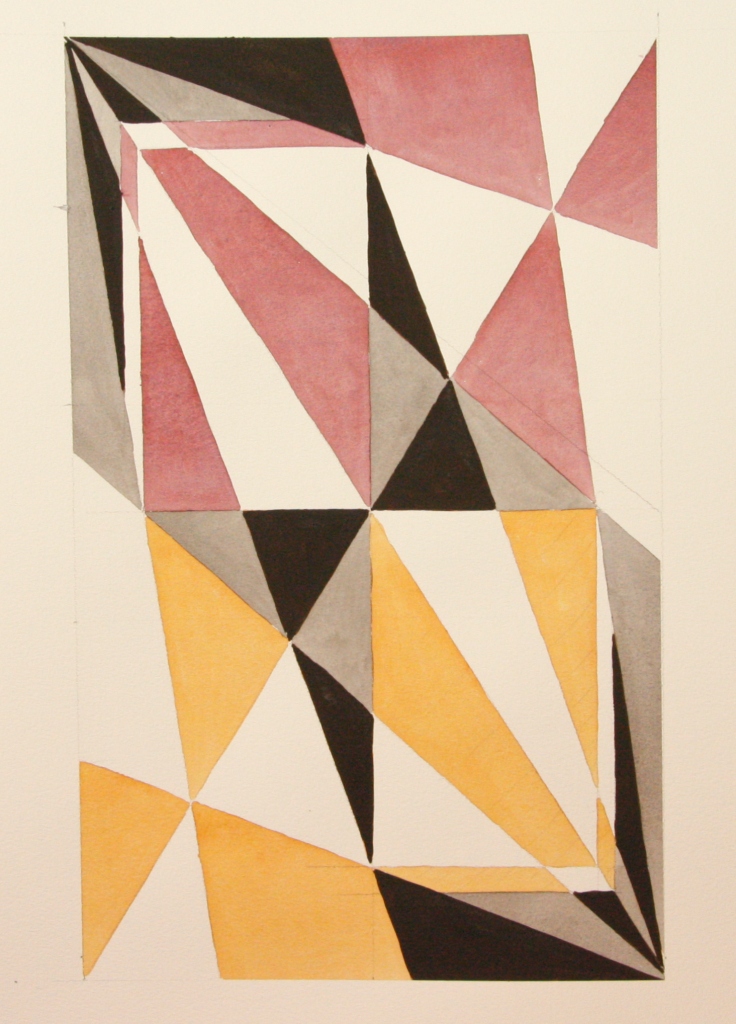
35) 45 x 28 cm £95 -

36) 45 x 28 cm £95
For the next post follow this link http://mjforster.com/constructivism-continued/
Matt
Constructivism Studies

